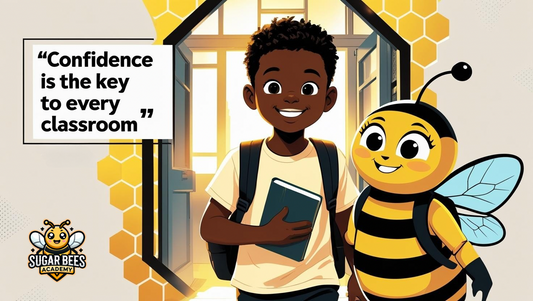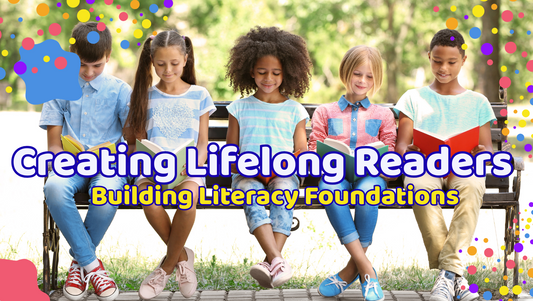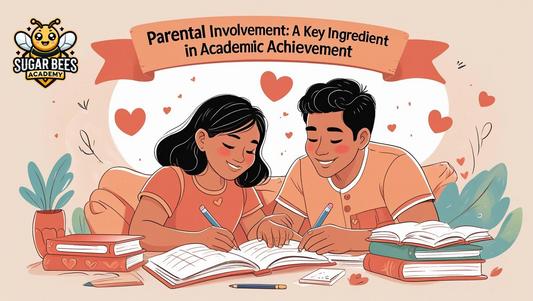
What Makes a Learning Environment Truly Inspiring for Children?
Share
At SugarBees Academy, we believe the environment is more than just a backdrop—it’s a teacher in itself. A thoughtfully designed space nurtures learning, fuels curiosity, and empowers young children to explore, connect, and grow with confidence.
So, what transforms a classroom into a living, breathing world of wonder?
It’s not just about aesthetics—it’s about intention, warmth, and purpose. Here’s what we believe creates a truly inspiring learning environment for early learners.
1. Child-Centered Design
Inspiring environments begin with empathy. When we design from a child’s perspective, we create spaces where they feel safe, seen, and valued.
What this looks like at SugarBees:
• Furniture and shelves at child-height to promote independence
• Cozy corners for quiet time and self-regulation
• Materials that invite exploration, not just decoration
Every detail is rooted in our values—respect for the child’s pace, needs, and natural sense of wonder.
2. Natural Elements and Soft Lighting
We bring the outside in because nature soothes, inspires, and grounds. Classrooms that include natural materials and soft textures promote calm and connection.
Features we use:
• Wooden toys and organic textures
• Plants, stones, water, and real-life materials
• Natural light and warm color palettes
This helps children feel more at ease—and more connected to their surroundings and community.
3. Open-Ended Materials That Invite Imagination
An inspiring space doesn’t dictate what a child should do—it invites them to imagine what’s possible. We include loose parts and open-ended resources that promote creative thinking.
Examples include:
• Blocks, fabrics, shells, buttons, recycled items
• Art supplies that are always accessible
• Role-play and dramatic play corners with no fixed narrative
These tools foster problem-solving and original thought, making every day a new adventure.
4. Visual Simplicity with Depth
Children need room to focus and absorb. That’s why inspiring classrooms feel uncluttered but rich with meaning.
We avoid overstimulation and instead choose:
• Displays of children’s artwork at eye level
• Minimal plastic or “busy” decor
• Intentional provocations that invite deeper thinking and discussion
Beauty is not a luxury—it’s a form of respect. When children are surrounded by beauty, they feel that their ideas and contributions matter.
5. Flexibility and Flow
An inspiring environment grows with its learners. It adapts to the interests and needs of the children, offering space for movement, collaboration, and solo exploration.
Our classrooms are:
• Reconfigurable for different activities
• Designed for both large group and individual time
• Open to outdoor extensions—because learning doesn’t stop at the door
This sense of flow empowers children to feel ownership of their space and their day.
6. Meaningful Displays and Documentation
We honor children’s voices by documenting their process and progress. This not only celebrates their journey—it sparks reflection and conversation.
At SugarBees, you’ll see:
• Photos of children at work
• Narratives that capture their words and questions
• Artifacts from projects and explorations
This builds learning into the walls of the classroom, reminding children (and families) that what they do here has meaning.
In Summary: A Space That Sparks Something Bigger
An inspiring learning environment is one where children feel like they belong—and where their ideas are not just heard, but celebrated. It’s a space that honors curiosity, supports exploration, and lights up with possibility.
At SugarBees Academy, every corner, color, and material is chosen with intention. Because we know that when you give children a space that believes in them, they begin to believe in themselves.



